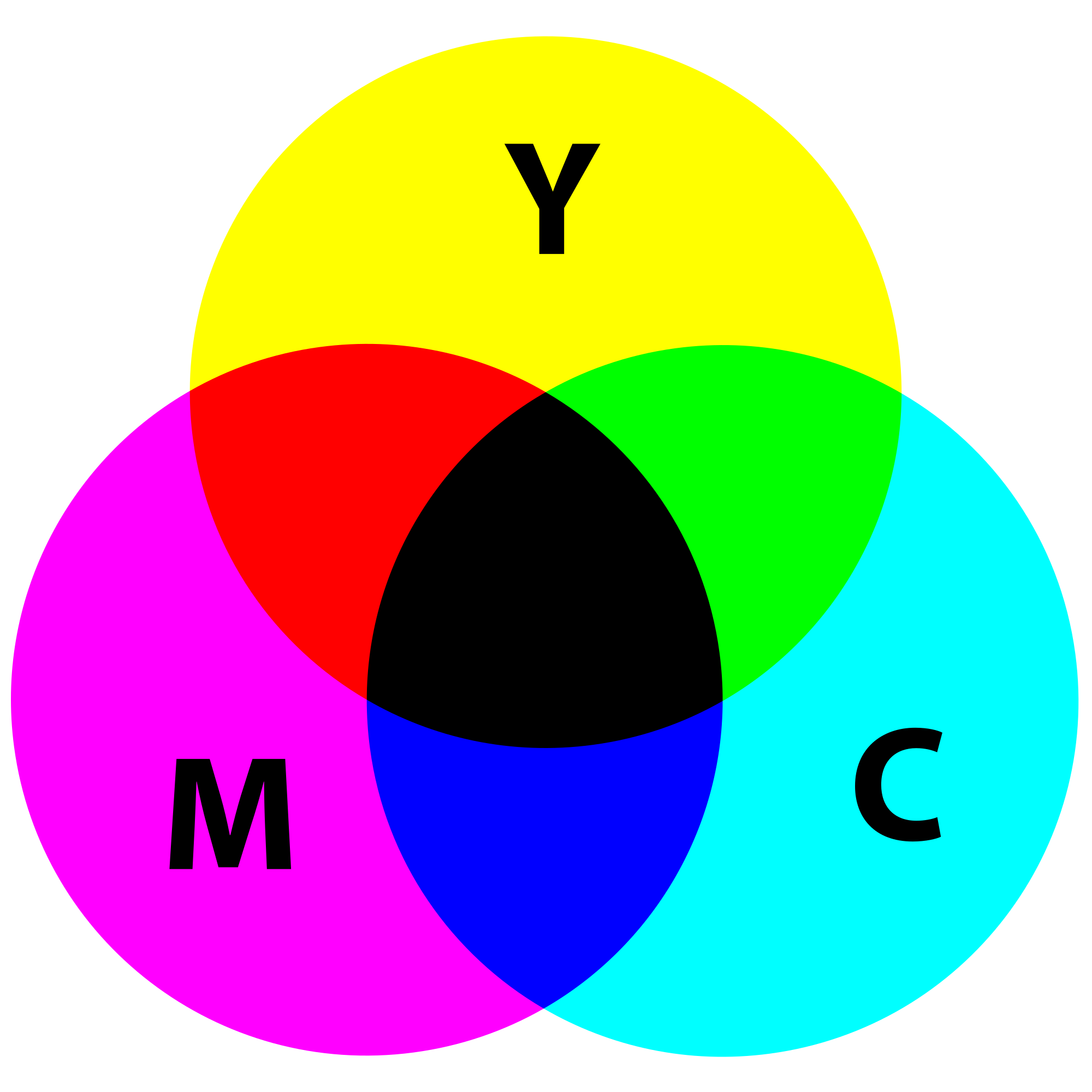Printing in Color for Your Marketing Materials
A common issue many businesses may have is getting the correct color for your printed branding merchandise and marketing. Nowadays, there's a lot more printing that's also digital, so you've got a lot more CMYK printing going on.
However, there are a lot of companies that have CMYK colors in their logo. The issue with this is that they are harder to replicate 100%.
What are CMYK Colors?
CMYK stands for cyan, magenta, yellow and key. The key color in today's printing world is black, so K is black!
At Foote Printing, we have some smaller machines that we can print to color two spot colors with, and we have our bigger machines that are capable of printing five and six colors. These bigger machines give us the ability to put one or two Pantone Machining System (PMS) colors on right along with the CMYK like what you need to print pictures.
Which Colors Can be Hard to Match?
Oranges are notoriously the worst color to try to match from digital to print. You can see in the video that the orange from a paint can, or ink can will not be reflected in Pantone colors. This is similar for many other colors like blues.
For some customers, this slight variation is going to be okay, but if you are printing for a business, you really want all of your colors to be identical across your marketing.
Need Help with Design?
If our customers are confused or having a hard time choosing colors that can be CMYK and PMS, we can help them figure it out. We can even do your design for you so that all of your colors will be the same!
If you want to make sure that your marketing products are consistent with the color of your logos, then contact us at Foote Printing. We make finding the right colors easy!



 ©
©